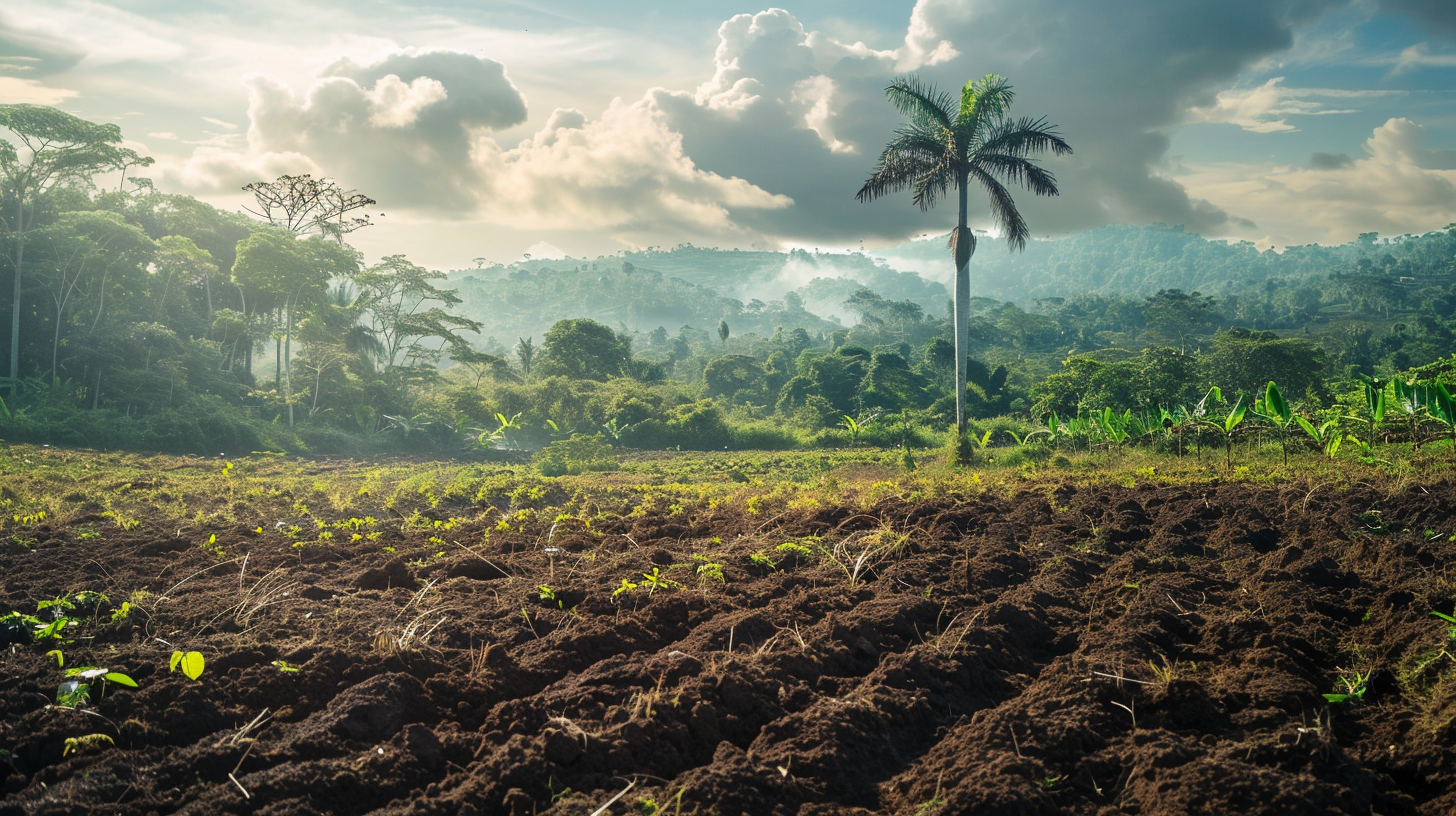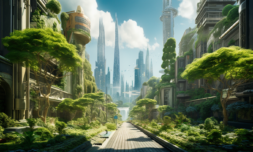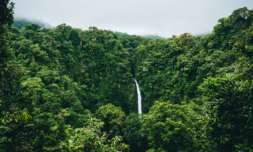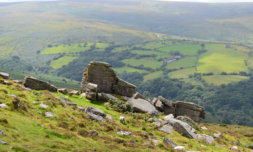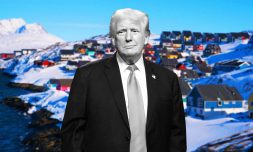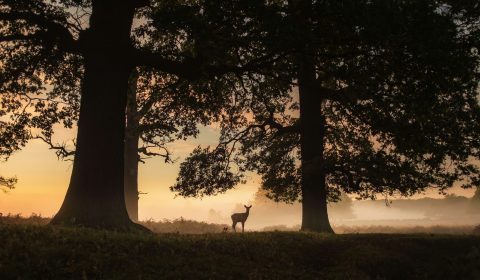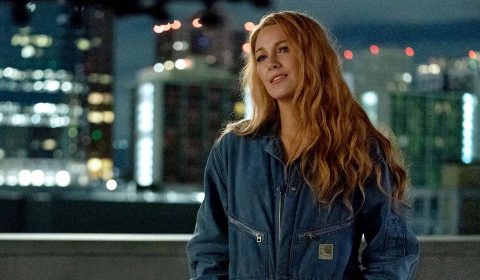Tree planting has been heralded as a saving grace in the face of a warming planet, but projects that use the wrong plant species are contributing further to the climate crisis and worsening biodiversity loss.
By now, we are all aware of just how vital trees are to our planet’s ecology. They clean and cool the air we breathe, stand as homes for wild animals, and absorb natural and man-made greenhouse gases.
With the climate crisis coming to a head in recent years, they’ve become most famous for the latter.
Trees’ ability to store carbon dioxide has made them an especially valuable commodity for companies looking to offset their emissions through reforestation and conservation initiatives.
Despite the popularity of these efforts, tree-planting projects aren’t a silver bullet for solving climate change. To truly be effective, they’ll have to be combined with reducing (and eventually halting) our use of fossil fuels.
Still, reforesting is ‘actually really complicated,’ according to experts. Observing the progress of existing projects, it’s obvious that tree-planting organisations have gotten it wrong on many occasions.
Are some reforestation schemes doing more harm than good? https://t.co/dLEJ20RYqq pic.twitter.com/x04z6dmgZI
— The Economist (@TheEconomist) October 30, 2019









